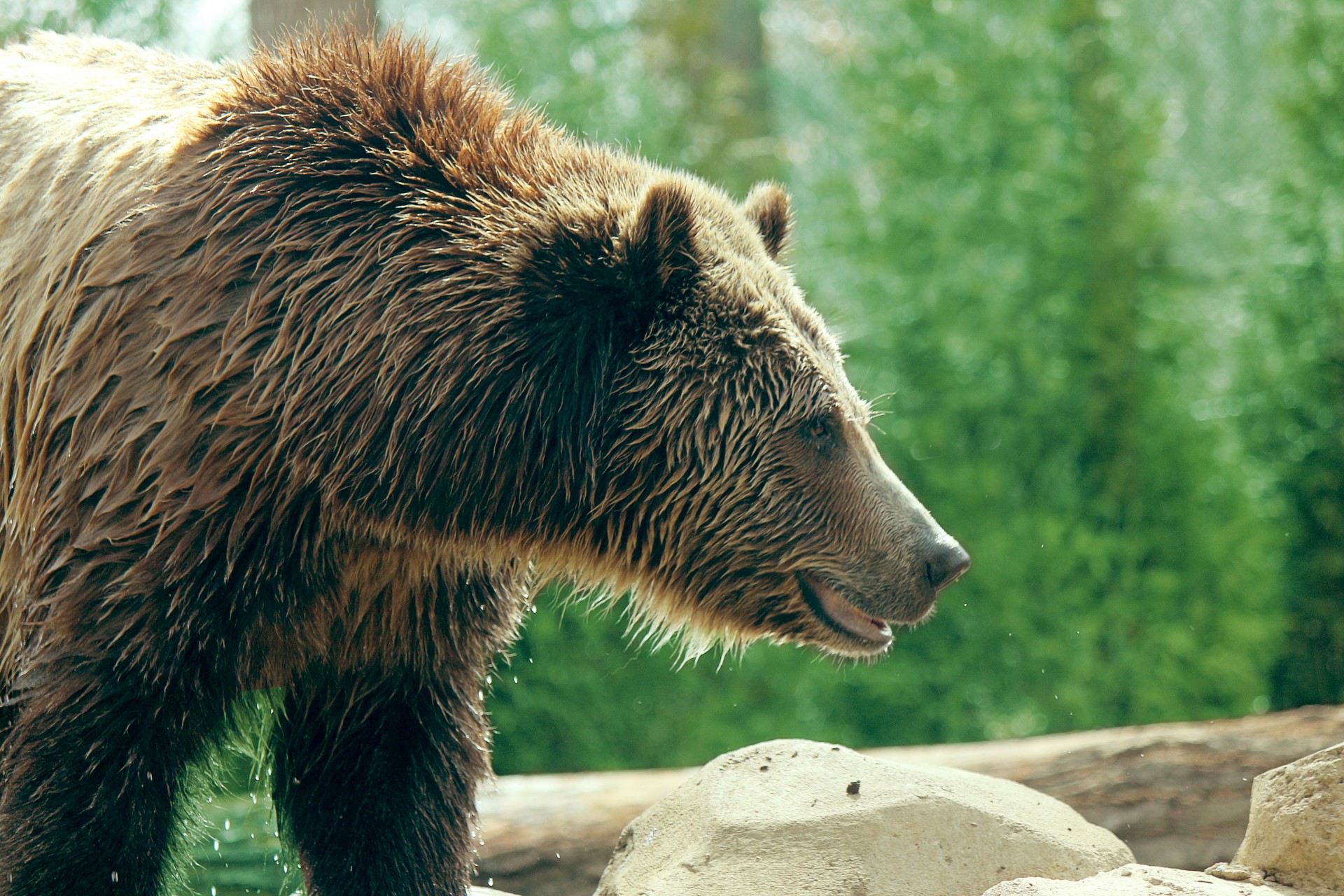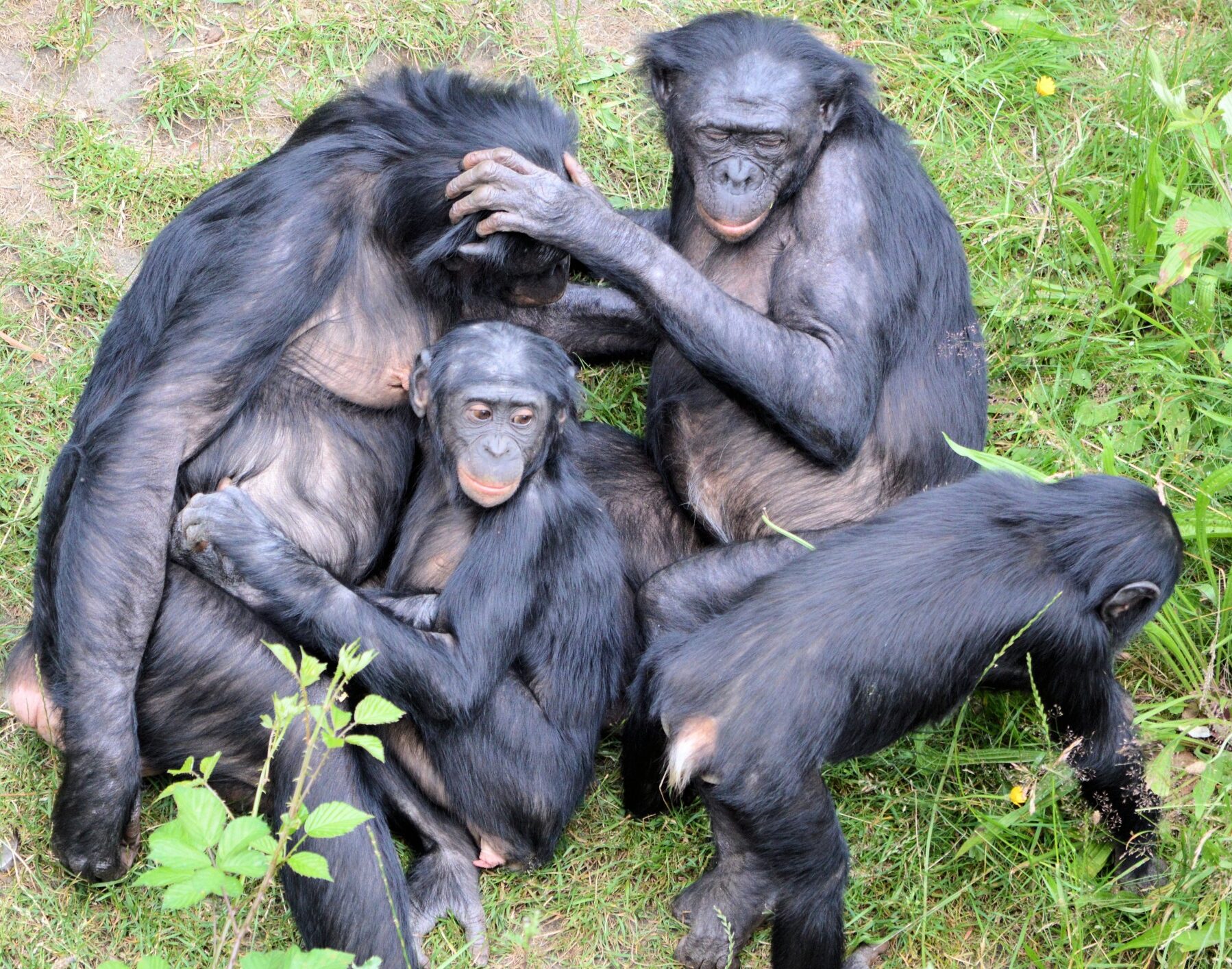A group of conservation organizations has released a new plan to help grizzly bears survive and thrive in the Northern Rockies. The report, A New Vision for Grizzly Bear Recovery in the Northern Rockies, explains how to reduce human-bear conflicts, protect habitats, and ensure a future for these bears.
“Grizzly bears were never meant to stay within ‘official’ government boundaries, and our vision reflects the evolving science showing true recovery requires new thinking and forward-looking management,” said Adam Rissien, ReWilding Manager with WildEarth Guardians.
The report, created by nine conservation groups and supported by 48 organizations and individuals, lists the biggest dangers to grizzly bears.
Biggest Threats to Grizzlies
- Human conflicts – People cause 85% of all grizzly deaths.
- Loss of food sources – Climate change and habitat destruction make it harder for bears to find food.
- Lack of safe space – Bears need secure areas to find new territory, mates, and food.
- Development – Expanding towns and roads are shrinking bear habitats.

A Plan to Save Grizzlies
The report says grizzly bears should be treated as one connected population across the Northern Rockies, not as separate groups. It suggests creating a Northern Rockies Recovery Area that includes protected lands for bears on both public and private land.
“This visionary document should transform how we treat grizzly bears and their ecosystems,” said Louisa Wilcox, Co-Founder of Grizzly Times. “Today, grizzlies are relegated to vulnerable ecological islands in the Northern Rockies in just 3 to 4 percent of their former range in the lower 48 because of excessive killing and habitat destruction,”
Expanding Grizzly Bear Habitats
A key goal of the plan is to bring grizzly bears back to the Bitterroot Ecosystem, a large, wild area that could help bears thrive.
“The Bitterroot Ecosystem is essential to the long-term survival of grizzly bears and critical to recovery throughout the Northern Rockies,” said Jim Miller, President of Friends of the Bitterroot.
How People Can Help Grizzlies
The report suggests several ways to reduce conflicts between humans and grizzlies:
- Using non-lethal methods to keep bears away from livestock.
- Ending livestock grazing in areas where bears live.
- Banning hunting of grizzly bears.
- Changing trapping and snaring rules to protect bears.
- Banning bait traps that attract bears.
- Requiring bear spray in bear habitat for safety.
“The threats grizzlies face require firm action to protect the lands and the foods they depend on, without which we will surely see their numbers dwindle once again,” says Kristin Combs, Executive Director of Wyoming Wildlife Advocates.
This vision hopes to fully restore the grizzly bear population in the Northern Rockies, ensuring their survival for generations to come.








